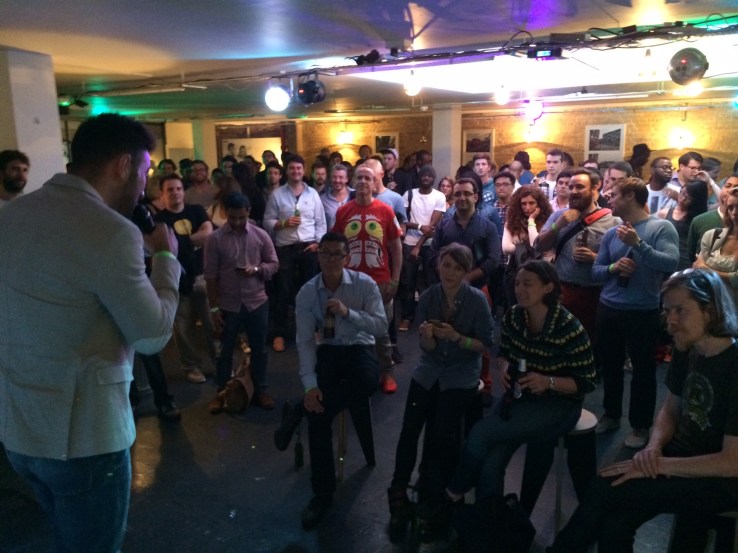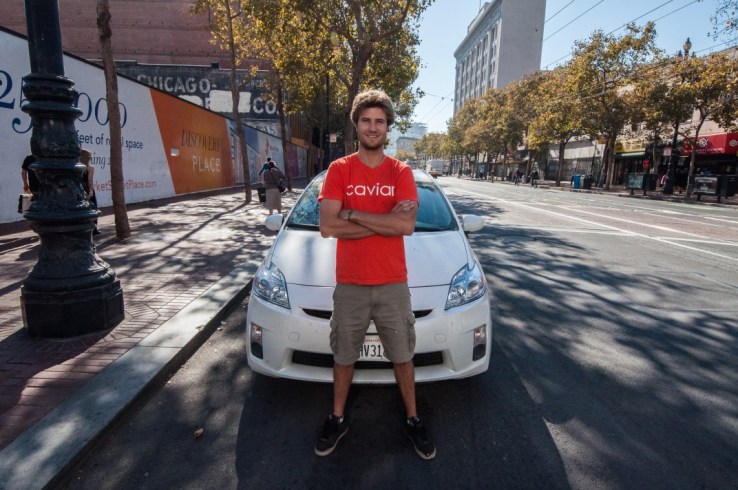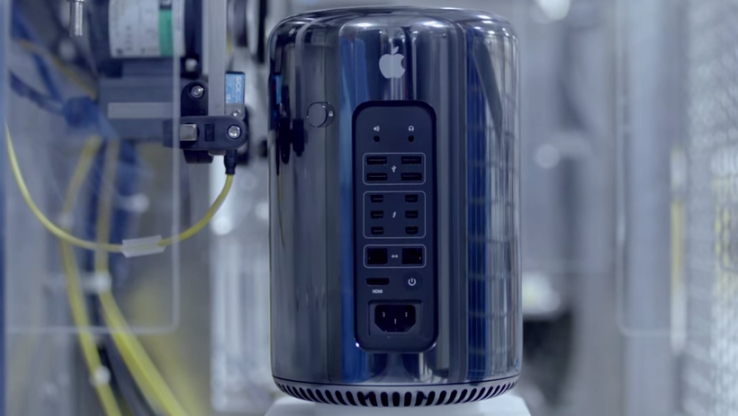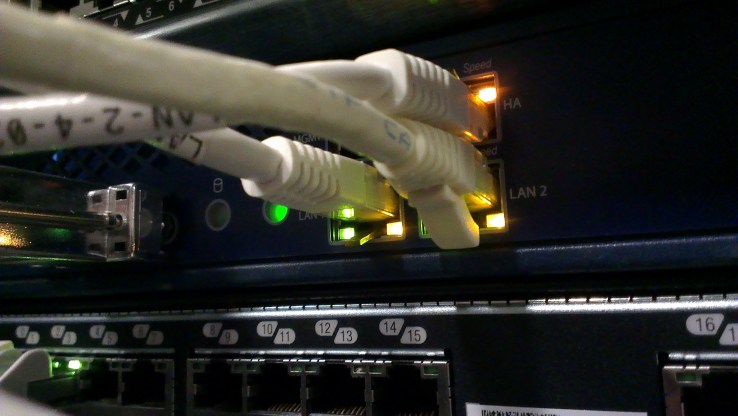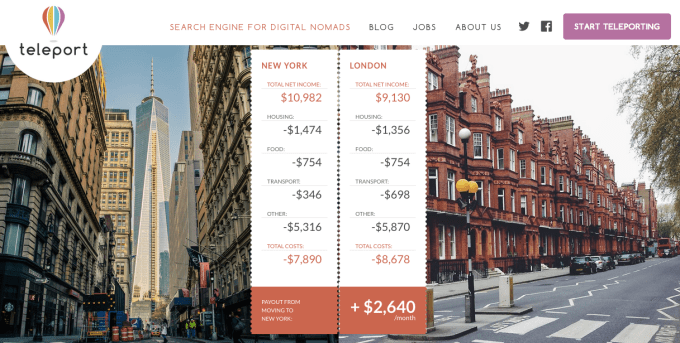
Editor’s note: Cameron Robertson is a co-founder of Lockitron.
There has been renewed excitement at Lockitron HQ in the last few weeks as we pass shipping to our 3,000th backer. Following an incredibly oversubscribed crowdfunding campaign at the end of 2012 â€" during which we raised over $2.3 million (and garnered 15,000 backers) â€" we had to adapt our manufacturing plans and shift to volume production from our originally planned run of 1,000 units.
So why has Lockitron taken so long to ship?
Why Is Hardware So Damn Hard?
Tech pundits and investors will frequently tout how “hardware is coming back†and tools like Arduino, 3D printing and rapid prototyping are allowing small startups to build great hardware experiences. While there is some truth to this, making hardware at scale is still incredibly difficult â€" if not for the actual physical manufacturing itself but for the compounding complexity of suppliers, tooling and testing.
The argument can be made that building a hardware product is an order of magnitude more difficult than building a software product. While controlling for scope, “hardware†(in the Silicon Valley sense of the word) requires a breadth of competencies that not only encompass the app and web development but also industrial design, mechanical design, operations, embedded development, and more.
Better prototyping tools have lowered the barrier to entry along with falling costs in electronic components, namely components like Wi-Fi and Bluetooth radios that enable Lockitron to talk to the rest of the world. But debugging tooling, coordinating dozens of suppliers and establishing QC procedures can be incredibly difficult.
Choose Your Own Adventure
Beginning in 2010 we sold a first-generation product that we assembled by hand in our living room from off-the-shelf parts. By contrast, the product now integrates dozens of discrete plastic, POM (a form of nylon), steel and aluminum components â€" and nearly every component is made to order.
In our initial RFQs (“request for quoteâ€) we leaned heavily towards manufacturing entirely in the United States. Our impetus for this was largely around logistics; if we could make everything domestically, we wouldn’t have to travel far and wide to ensure the quality we expected.
It quickly became apparent that manufacturing domestically would cost far beyond what we had budgeted for. Given the number of parts, required touch time (the amount of time it takes someone to assemble a product), various materials and processes used, building entirely in the U.S. wasn’t viable. Potential domestic suppliers still looked East for most of the components we needed, albeit with longer lead times.
At the end of the day we opted for a mix; we manufacture our high touch time mechanical assembly in China and high value components, like our circuit board, in California. Final assembly takes place in California, giving us easy access to final stage quality control.
Everything Is Bespoke
Unlike replacement locks, we designed to fit entirely over an existing lock and we knew that most components would have to be custom made as a result. We quickly learned that there was no concept of “off the shelf†when manufacturing in China.
Even what seemed to be commodity components like switches, screws and motors would be made to spec. This also meant protracted lead times as well as the potential for vendor lock-in for our most specialized parts.
Perhaps the most frustrating aspect was that a delay or quality-control issue in any one of the 41 discrete mechanical components necessary to build our hardware throws a wrench into production.
The perfect storm of an inept supplier, poor quality control and rushed work meant the first small run of Lockitrons couldn’t turn, had inconsistent finishes and generally were inoperable. Several gears and rings had “flash†or excess material where they meshed with other parts; the die casting for the aluminum was poorly machined preventing our circuit board from installing correctly.
Using tools like problem follow-up sheets, we documented each individual problem on each part and worked with our contract manufacturer to adjust tooling, test injection mold cycle times and find new suppliers where corners had been cut.
All of this, however, comes at the cost of time; it would take another two months of debugging before we had working products.
A Robot for Your Door
We demonstrated one of the first fully operable prototype Lockitrons at CES in 2013. Connecting over Bluetooth Low Energy, our demo carried out everything as expected; however the motor was loud, connectivity was intermittent and the circuit board was finicky. We spent the next few months redesigning our gearbox to reduce noise while increasing power to deal with sticky or hard-to-close locks.
While the choice was the right one to make, it cost us valuable time; a few parts had to be retooled and there were cascading effects on our electronics and supplier choices. We selected an ultra-efficient, powerful motor to place at the lock’s heart, but this also impacted our timeline.
Most challenging, however, was the meshing of electronic and mechanical worlds. An initial circuit board design proved overly complex and underpowered.
The resulting power and torque requirements of our gear box required a number of changes on our circuit board that would have been nearly impossible to predict from our prototype units. It took several more PCB iterations to fine-tune the circuit board’s electromechanical requirements.
Develop Process
Creating an assembly line that can reliably manufacture, assemble and QC a product with dozens of discrete, custom components is an incredible challenge. Each step along the way needs to be clearly documented with the expectation that anyone with little training can sit down and understand what needs to happen.
Something as small as an overtightened screw or improperly angled switch can wreak havoc when products arrive in a customer’s hands. Even with numerous quality control steps, units need to be subjected to random spot checks and production lines overseen by third parties (or ideally us).
Along with printed and video guides to assembling Lockitron, we also record the failures we see from different components. This lets us see if there is something wrong with a single batch of units or with our assembly or QC steps.
Engage Early Backers to Beta Test
When we originally launched Lockitron using our own homebrew crowdfunding app after being rejected from Kickstarter, we did so with only a single funding tier promising Lockitrons would be shipped in order to our backers based on their place in line.
Unlike other crowdfunded projects, we missed the opportunity to create a “developerâ€or “betaâ€tier and unwittingly put some of our earliest backers through a rough experience. Given the support our backers have shown us to bring Lockitron to market, building a structured beta would have brought in valuable feedback more quickly and with a smoother experience for our earliest backers.
Push Firmware Early, Push Often
When Lockitron’s crowdfunding campaign rocketed beyond all expectations, one of our close advisors from the software world asked us why we couldn’t iterate Lockitron in batches. “Ship 1,000 units, pause, and learn from what users wanted in the hardware, then build another 1,000.â€With limited resources, this simply isn’t possible; each Lockitron prototype was a $3,000-5,000 investment. Conversely, while consumer grade 3D printing allows for the creation of a broad range of prototypes, the strength and precision of the parts it yields simply isn’t good enough for mechanical prototypes.
On the software front, however, we built Lockitron to allow for continuous updates. Lockitron’s Wi-Fi connectivity has proven crucial in letting us roll out promised functionality, solve problems and diagnose faulty units.
While our initial users at the beginning of this year had a barebones feature set with poor battery life, we’ve since updated the firmware over a dozen times, each time incrementally improving the Lockitron experience. Bluetooth-only devices are beholden to their smartphone leashes for updates; rather than prompting users at the door each time a new build is pushed we can push new features, security updates and bug fixes without making Lockitron owners wait.
Shipping and Beyond
Our commitment to our incredibly patient backers in simple; Lockitron will get better everyday from the first time you install it.
From additional features to improvements in battery life and connectivity, we’re excited for what’s in store over the few months. We’re a small but dedicated team working with some incredible partners to take Lockitron to next level while building a seamless experience. We’re excited to see where developers take Lockitron through our simple web API that’s available today.
Ultimately we believe the true value behind Lockitron is in how others integrate will integrate into their own experiences as they see fit; just as we could have never predicted the massive support we would receive during our crowdfunding campaign we’re excited to see where backers install their Lockitrons.
